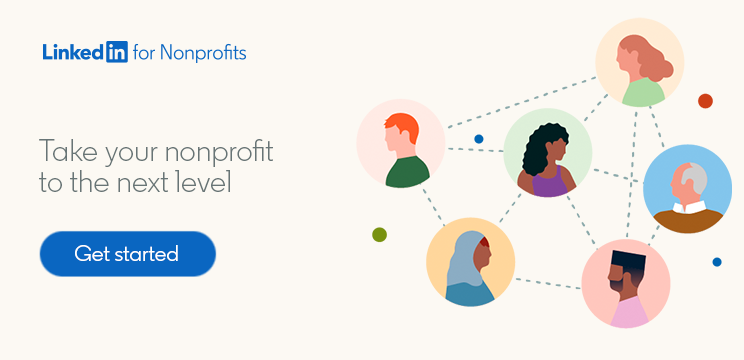
8 Ways to Use Storytelling in Your Nonprofit’s Social Media Campaigns
Since the dawn of time, storytelling has been used as a way for humans to comfort each other, discuss issues, and form alliances. Stories help people visualize how they can improve their lives—and the world around them. This makes storytelling an invaluable tool for nonprofits, helping audiences connect the dots and inspiring hope and change.
Here are a few easy ways to incorporate powerful storytelling into your nonprofit’s social media campaigns.
1. Create short videos with your phone
Quick, punchy videos can tell a story in just a few seconds—and resonate with your audience. Briefly describe the need, your mission, and how viewers can help. Repeat your call for donations at the end of the video to drive the point home.
2. Compile eye-catching action shots
Show your employees or volunteers in action with a slideshow of images. Add music for impact and conclude by asking people to learn more at your website. Be sure to incorporate a donation button on your landing page.
3. Collect stories from your team
Build authenticity by encouraging your employees, volunteers, board members, and more to post about their experiences with your nonprofit from their LinkedIn profiles—then reshare these stories from your organization’s LinkedIn Page. These personal stories will be visible to everyone in the original poster’s network, not just people who follow your nonprofit’s page, significantly expanding your reach.
4. Share updates and progress
Some members of your audience will want to take action right away, while others will let your mission sit with them a while before taking the next step. Help move them along the path by sharing frequent updates about your programs and progress, keeping your nonprofit top of mind and emphasizing that it’s never too late to give.
5. Highlight someone you helped this year
Demonstrate your impact by highlighting an individual or community that your nonprofit has recently supported. Allow these constituents to talk about your organization’s important work in their own words, either in the form of a video or a direct quote—then drive audiences to your website to read more impact stories and get involved.
6. Educate and inform
Capture the attention of potential donors by sharing a startling statistic that highlights the challenges you’re addressing, the impact your organization has had so far, or future implications of inaction. For data that requires more explanation to tell the full story, consider publishing a longer article from your nonprofit’s LinkedIn Page.
7. Broadcast from behind the scenes
Stir up interest by sharing behind-the-scenes footage that shows where supporters’ donations go. Videos that showcase volunteers’ efforts may also encourage more people to sign up to help by giving them a clearer idea of what they’ll be doing and how they can leverage their skills to support your mission.
8. Go live on LinkedIn
Live video allows you to tell stories that feel urgent and important. By applying for access to LinkedIn Live, your nonprofit will be able to go live directly from your LinkedIn Page. Get leaders and other employees involved, share personal anecdotes and other stories that help foster a sense of connection, and end with a clear call to action to donate or otherwise get involved.
We all have unique, creative stories to tell—and as a nonprofit, yours are some of the most inspiring. I can’t wait to see what stories you have to tell and how you’re going to tell them. Good luck!
Through her consulting company, J Campbell Social Marketing, Julia Campbell teaches nonprofits how to unlock the power of social media, digital storytelling, and online fundraising. In addition to working independently with nonprofit organizations for over 20 years, she founded the Nonprofit Social Media Summit in 2019. Julia’s book, Storytelling in the Digital Age: A Guide for Nonprofits, is out now and she recently launched a podcast, Nonprofit Nation.

